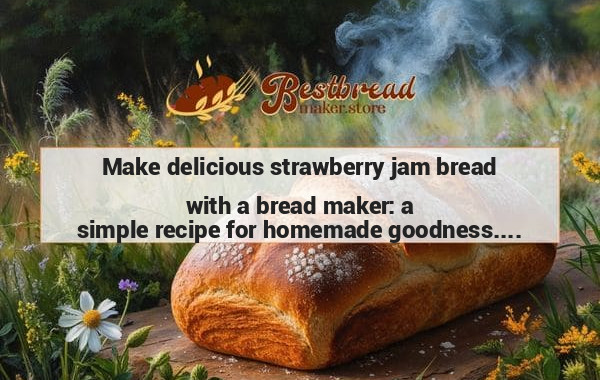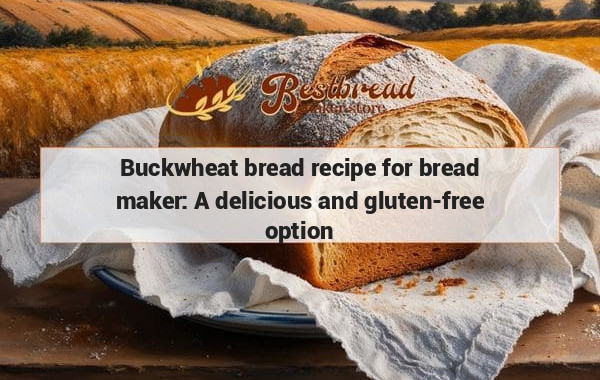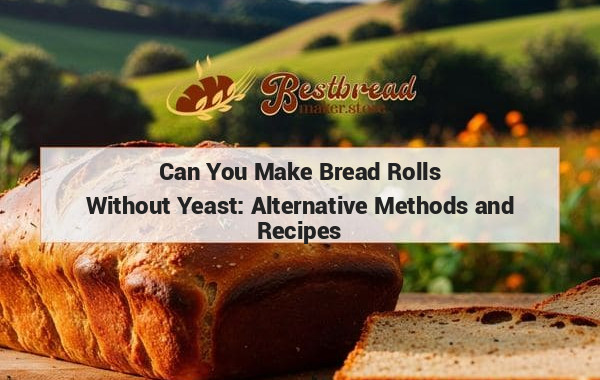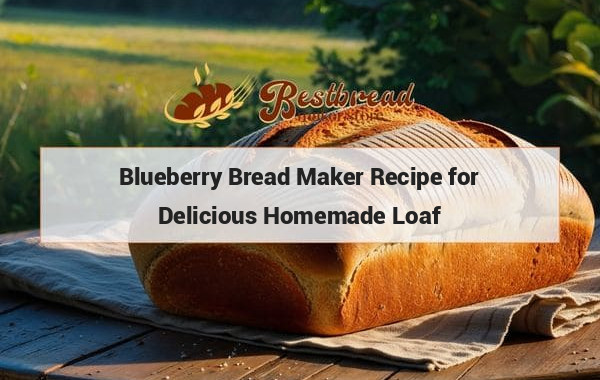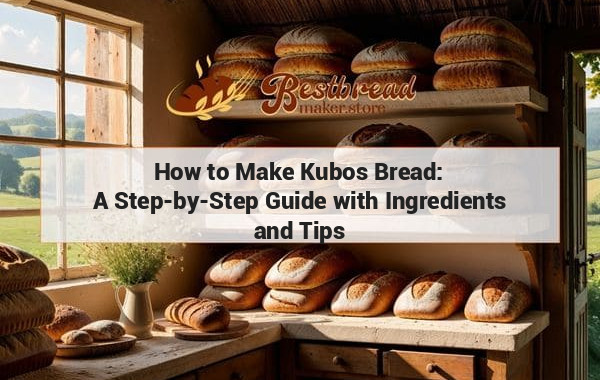How to Use an Oster Bread Maker: Step-by-Step Guide
To use an Oster bread maker, start by adding all the ingredients into the bread pan in the order specified in the recipe. Attach the bread pan to the machine, select the desired setting, and start the bread maker. Let it mix, knead, rise, and bake the bread until it's finished. Once done, carefully remove the bread pan from the machine and allow the bread to cool before slicing and serving. Enjoy freshly baked bread made easy with your Oster bread maker!
How to Use an Oster Bread Maker
A bread maker can bring convenience and joy to your kitchen, especially when you're using a trusted brand like Oster. Whether you're new to bread making or simply looking for tips to get the best out of your Oster bread maker, this guide will walk you through the entire process, helping you create the perfect loaf every time.
Key Takeaways:
Using an Oster bread maker is easy and efficient. Simply add ingredients, select your preferred settings, and let the machine do the rest. Regular cleaning and maintenance are key for long-lasting performance.
Getting Started with Your Oster Bread Maker
When you first open the box of your Oster bread maker, you’ll find the machine, a bread pan, kneading blades, and an instruction manual. Familiarizing yourself with these components is the first step to becoming confident with the machine.
Basic Parts of the Oster Bread Maker
- Bread Pan: This is where you add all your ingredients. It’s removable, so you can easily take it out for cleaning.
- Kneading Blade: This small but essential piece is responsible for mixing and kneading the dough.
- Control Panel: The digital interface allows you to select the type of bread, crust color, and timer settings.
Once you know the parts, it’s time to make your first loaf!
Step-by-Step Guide to Making Bread in an Oster Bread Maker
1. Gather Your Ingredients
Before you start, make sure you have all the necessary ingredients: flour, yeast, water, sugar, salt, and fat (usually butter or oil). For your first loaf, it’s best to stick with a simple recipe.
Pro Tip: Measure your ingredients carefully, as bread makers require precision. Too much or too little of any ingredient can affect the texture and rise of your bread.
2. Add Ingredients in the Correct Order
One of the most important tips when using a bread maker is to always add the ingredients in the order specified by your recipe or manual. Typically, liquids go in first, followed by dry ingredients, and yeast is added last to keep it from activating too early.
3. Select Your Bread Type
Oster bread makers come with a range of settings for different types of bread, including white, whole wheat, and even gluten-free options. Select the appropriate setting for the type of bread you are making.
4. Choose the Crust Color
Most models offer options for light, medium, or dark crusts. This allows you to customize the crust to your preference.
5. Set the Timer (Optional)
If you want your bread to be ready at a specific time, you can use the delay timer. For example, you can set the machine in the morning to have fresh bread ready by dinner.
6. Start the Machine
Once everything is set, simply press start and let the Oster bread maker do its magic. The machine will go through the kneading, rising, and baking cycles on its own.
Troubleshooting Common Bread Maker Issues
1. Dough Doesn’t Rise
If your dough isn’t rising, check the yeast. Make sure it’s fresh and not expired. Also, ensure that you’ve added the yeast last, as adding it too soon can cause it to become inactive.
2. Bread Is Too Dense
This could be due to too much flour or not enough yeast. Make sure you're measuring your ingredients precisely and following the recipe closely.
3. Overbaked or Underbaked Bread
If the bread is overbaked or underbaked, double-check the settings. If you consistently have issues, you might need to adjust the bake time slightly or choose a different crust setting.
Cleaning and Maintaining Your Oster Bread Maker
1. Clean After Every Use
After each use, remove the bread pan and kneading blade and wash them with warm, soapy water. Wipe down the inside of the bread maker with a damp cloth to remove any crumbs or flour.
2. Regular Maintenance
Check the kneading blade regularly to ensure it’s not wearing down. If it’s loose or wobbly, you may need to replace it.
3. Store Properly
When not in use, store your bread maker in a cool, dry place. Keep the power cord neatly coiled to avoid damage.
Advanced Features of the Oster Bread Maker
Oster bread makers often come with additional features that can elevate your bread-making experience.
1. Jam and Dough Settings
Not only can you bake bread, but most Oster machines also have settings for making jams and preparing dough for pizza or rolls. This versatility allows you to experiment with different recipes.
2. Gluten-Free Option
For those with dietary restrictions, the gluten-free setting is a game-changer. This setting adjusts the kneading and baking process to accommodate the unique needs of gluten-free doughs.
3. Keep Warm Function
After baking, the Oster bread maker can keep your bread warm for up to an hour. This is great if you’re not able to remove the bread right away.
Choosing the Best Bread Maker for Your Kitchen
When choosing a bread maker, consider your baking needs, kitchen space, and budget. Oster bread makers are known for their durability and ease of use, making them a popular choice for both beginners and seasoned bakers.
If you're looking for a reliable source to explore the best bread makers, including the latest Oster models, consider visiting bestbreadmaker.store. They offer detailed reviews and comparisons to help you find the best option for your needs.
Frequently Asked Questions
1. Can I Use My Own Recipes in an Oster Bread Maker?
Yes, you can use your own recipes. Just make sure to follow the general guidelines for adding ingredients in the correct order and adjusting settings based on the type of bread you're making.
2. How Long Does It Take to Make Bread in an Oster Bread Maker?
Most bread cycles take between 3 to 4 hours, depending on the type of bread and crust setting. The delay timer can extend this if you want the bread ready at a later time.
3. Can I Bake Gluten-Free Bread in an Oster Bread Maker?
Yes, many Oster models come with a gluten-free setting that’s designed specifically to handle the unique requirements of gluten-free doughs.
4. What Should I Do If My Bread Maker Stops Working?
Check the power cord and outlet to ensure they are functioning. If the problem persists, refer to the user manual for troubleshooting tips or contact Oster customer support.
5. How Do I Clean the Kneading Blade?
The kneading blade can be removed and cleaned with warm soapy water. Make sure to dry it thoroughly before placing it back in the machine.
With these tips and your trusty Oster bread maker, you’re all set to bake delicious, homemade bread with ease! Whether you're making a classic loaf or experimenting with new recipes, the process will soon become second nature.



